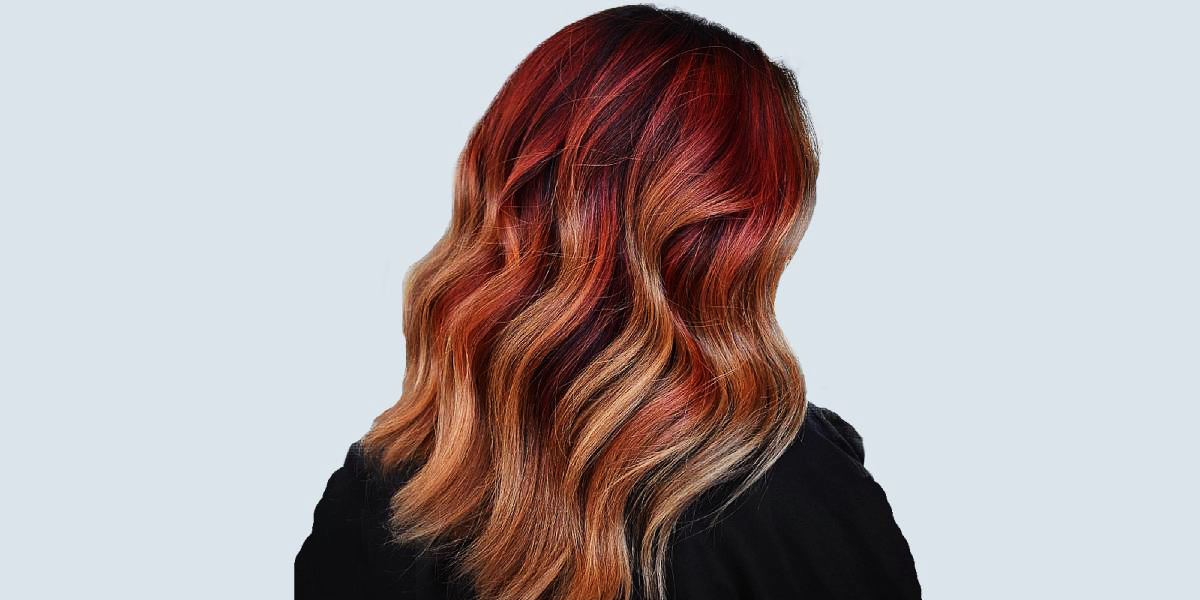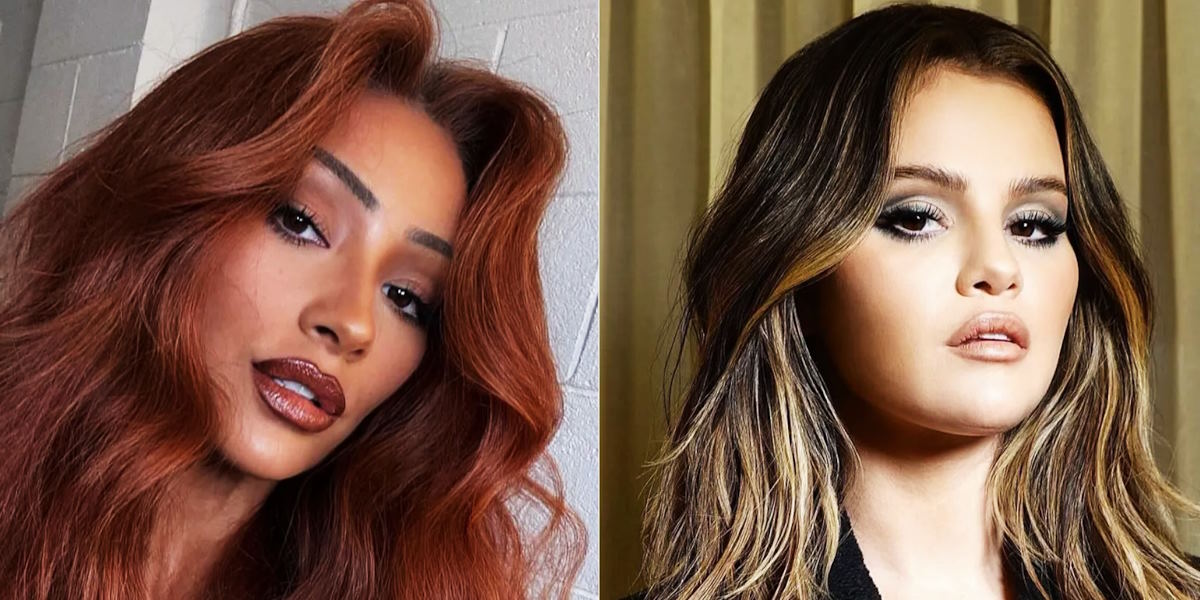The Ultimate Guide to Multi-Tonal Hair Dye Styles
The Ultimate Guide to Multi-Tonal Hair Dye Styles
Imagine your hair as a blank canvas, waiting to be transformed into a vibrant masterpiece. Have you ever wondered how some people achieve those stunning, multi-dimensional hair colors that catch the light in all the right ways? Welcome to the world of multi-tonal hair dye styles! Whether you’re looking to add subtle depth or bold splashes of color, this guide will help you navigate the beautiful spectrum of multi-tonal hair. We’ll explore the different styles, how to choose the right colors, and share some insider tips on keeping your hair looking its best.
What is Multi-Tonal Hair Dye?
Multi-tonal hair dye involves using multiple shades of color to create a look that’s full of depth and dimension. Unlike single-tone hair dye, which uses just one color, multi-tonal dye can blend two or more shades, creating a more dynamic and interesting appearance. Think of it as the difference between a flat painting and a 3D sculpture – both can be beautiful, but one has a lot more depth and detail.
So why choose multi-tonal hair dye? For one, it adds visual interest. The different shades catch the light in various ways, making your hair look fuller and more vibrant. It’s also one of the cool hair dye ideas out there, allowing you to experiment with color without committing to just one shade. Plus, it can be tailored to suit any hair type or length, making it a versatile option for anyone looking to switch up their look.
Popular Multi-Tonal Hair Dye Styles
Balayage
- Description: A freehand painting technique where dye is applied to create a natural, sun-kissed look.
- Suitable Hair Types: Works best on medium to long hair.
- Example: Celebrities like Jessica Alba and Chrissy Teigen often sport balayage.
Ombre
- Description: A style where the hair gradually transitions from one color at the roots to another at the ends.
- Suitable Hair Types: Ideal for medium to long hair.
- Example: Think of Khloe Kardashian’s striking dark-to-light ombre.
Sombre
- Description: A softer, more subtle version of ombre.
- Suitable Hair Types: Great for all hair lengths.
- Example: Lily Aldridge often rocks a beautiful sombre look.
Highlights and Lowlights
- Description: Highlights add lighter strands, while lowlights add darker strands to create contrast.
- Suitable Hair Types: Versatile for any hair length or type.
- Example: Jennifer Aniston is known for her perfect highlights and lowlights.
Dip Dye
- Description: The ends of the hair are dyed a bold, contrasting color.
- Suitable Hair Types: Best on longer hair.
- Example: Celebrities like Kylie Jenner have popularized this edgy style.
Choosing the Right Colors for Your Multi-Tonal Style
Choosing the right colors for your multi-tonal hair dye can be as exciting as it is daunting. Here are a few factors to consider:
- Skin Tone
- Fair: Ashy tones, cool blondes, and pastel colors.
- Medium: Warm blondes, caramel, and rich browns.
- Dark: Deep reds, purples, and rich chocolate browns.
- Natural Hair Color
- Lighter hair colors take pastel and bright shades well.
- Darker hair might require pre-lightening to achieve vivid colors.
- Lifestyle
- Consider maintenance: High-contrast styles may need frequent touch-ups.
- Think about your environment: Bold colors might not suit all professional settings.
| Skin Tone | Recommended Colors |
| Fair | Ashy tones, cool blondes, pastels |
| Medium | Warm blondes, caramel, rich browns |
| Dark | Deep reds, purples, rich chocolate browns |
The Dyeing Process
Ready to get started? Here’s a step-by-step guide to achieving multi-tonal hair:
- Pre-Dye Preparation
- Hair Health: Ensure your hair is in good condition. Use deep conditioning treatments in the weeks leading up to your dye job.
- Choosing a Stylist: Look for a stylist with experience in multi-tonal techniques. Consult with them to discuss your vision.
- Consultation: Bring photos and be clear about what you want. Discuss the colors and placement.
- The Dyeing Process
- Strand Tests and Patch Tests: Important to avoid allergic reactions and ensure the color turns out as expected.
- Application: Depending on the technique (balayage, ombre, etc.), your stylist will apply the colors in layers.
- Processing Time: Be patient; some processes can take several hours.
- At-Home vs. Professional Dye Jobs
- At-Home: Cost-effective but can be tricky. Follow instructions carefully and consider having a friend help.
- Professional: More expensive but usually yields better results. You get the benefit of expert application and advice.
Maintenance Tips for Multi-Tonal Hair
Keeping your multi-tonal hair looking fresh requires some effort. Here are some tips:
- Post-Dye Care Routine
- Use color-safe shampoo and conditioner.
- Avoid washing your hair too frequently to prevent color fading.
- Protecting Color from Fading
- Use UV protection sprays.
- Minimize heat styling; when necessary, use a heat protectant.
- Touch-Up Schedules
- Balayage and sombre: Every 3-4 months.
- Ombre and dip dye: Every 6-8 weeks.
- Highlights and lowlights: Every 8-10 weeks.
- Recommended Products
- Shampoo: Sulfate-free formulas.
- Conditioner: Deep conditioning treatments.
- Styling: Leave-in conditioners and heat protectants.
Common Mistakes and How to Avoid Them
Even with the best intentions, mistakes can happen. Here’s how to avoid common pitfalls:
- Over-Processing Hair
- Space out your dye sessions.
- Use nourishing treatments regularly.
- Choosing Incompatible Colors
- Consult a color wheel.
- Stick to colors that complement each other.
- Inconsistent Application Techniques
- Ensure even application.
- Consider professional help if unsure.
If you do make a mistake, don’t panic! Many issues can be corrected with a professional toner or color correction session.
About
Welcome to our dynamic blog, a hub of creativity!
Delve into mesmerizing photographs, innovative design trends, and exciting event coverage. Join us as we celebrate the fusion of artistry and imagination, inspiring your own creative endeavors along the way.




